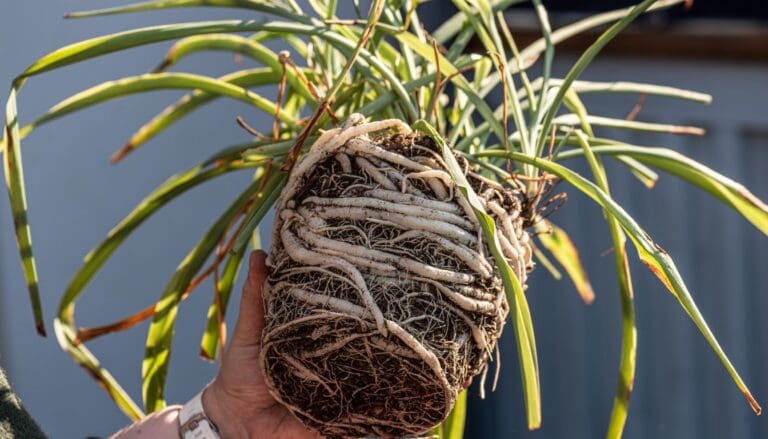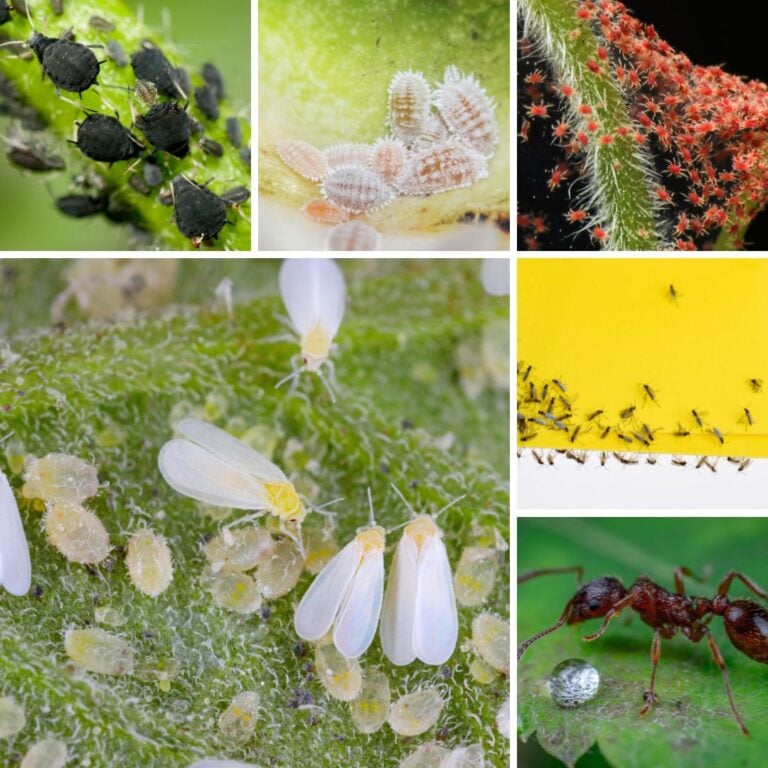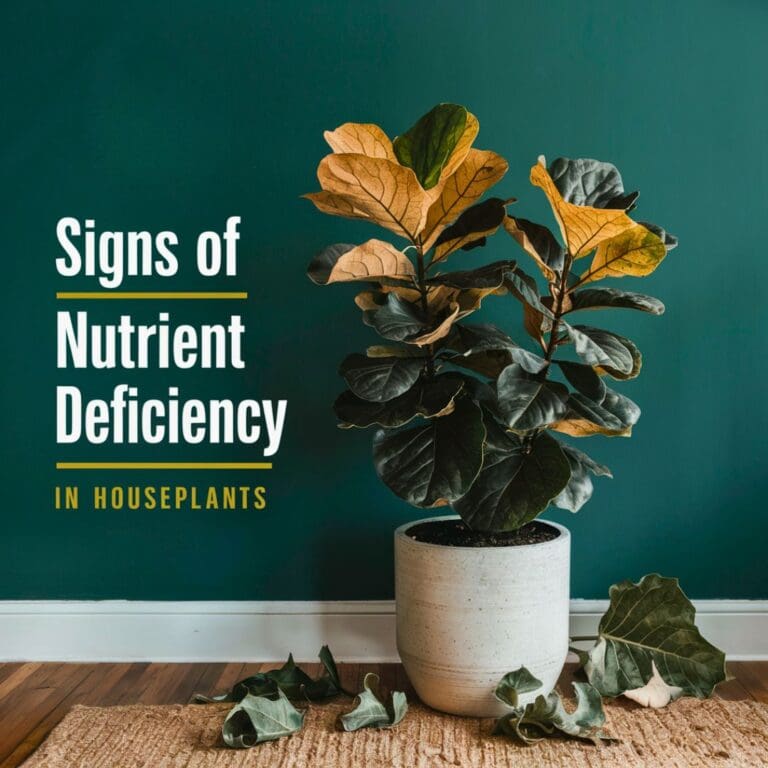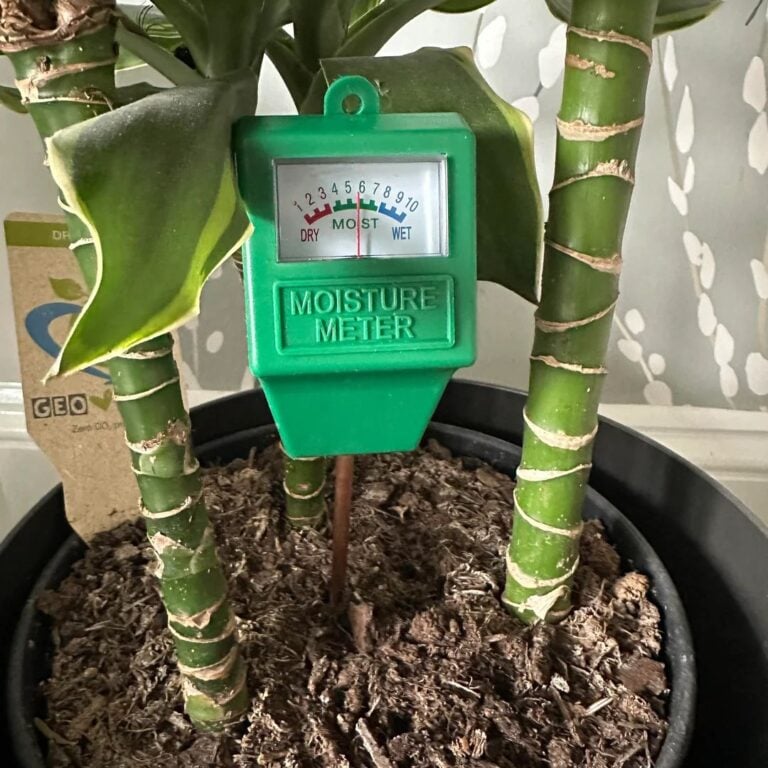7 Fall Potting Soil Tweaks for Healthier Roots
I love getting my hands into the dirt, especially when fall rolls around. There’s just something satisfying about prepping my pots for the cooler months ahead.
Good soil really does make a difference in plant health. The right potting soil tweaks can help roots grow stronger and healthier all season.
In this article, I’ll share some easy ways I improve my fall potting soil so my plants stay happy and healthy.
Please note: Simplify Plants is reader-supported. As an Amazon Associate, I earn from qualifying purchases made by our readers with no extra cost added to you all! Some links in the post are affiliate links and I get a commission from purchases made through links in the post.
1) Add compost to boost nutrient content
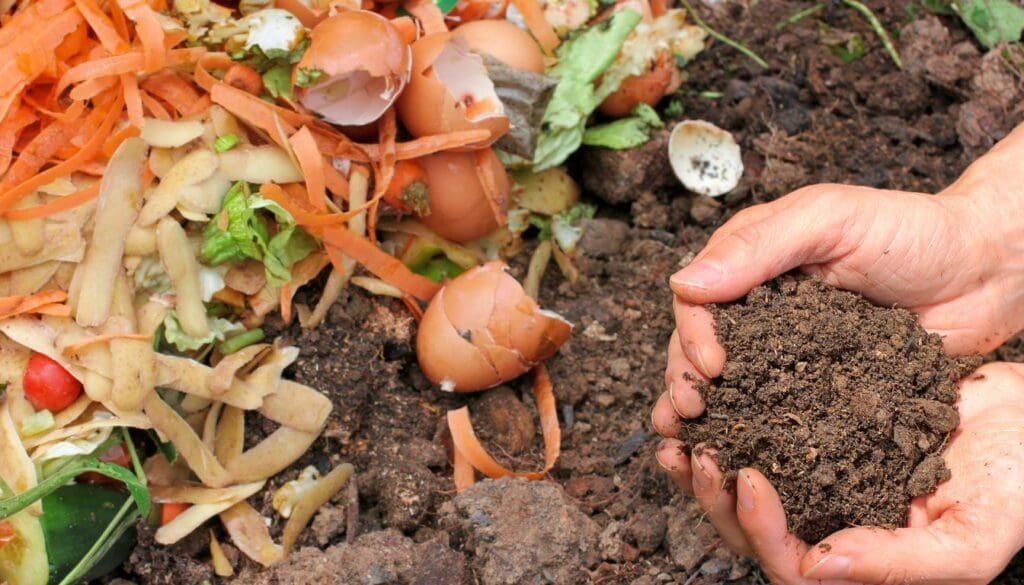
I’ve noticed that adding compost to my potting soil really perks up my plants. Compost is made from stuff like leaves, kitchen scraps, and grass clippings.
It’s packed with good nutrients that roots crave. Even just a little compost seems to make my plants healthier.
Roots grab onto more nutrients and water, and I get greener leaves and quicker growth. Compost also softens up the soil, giving roots more space to stretch.
It helps the soil hold moisture, so I don’t have to water quite as often. That honestly saves me time and helps prevent the roots from drying out.
I usually make my own compost, but sometimes I’ll grab a bag from the garden center. The trick is making sure it’s well-rotted, crumbly, and doesn’t stink.
I always add compost in the fall for a fresh boost before winter. Good compost is dark, smells earthy, and feels damp but not soggy.
I mix it into the top few inches of my pots. Even a single shovelful can make a noticeable difference.
The plants get a natural food source that lasts for months. I find I don’t need as much chemical fertilizer after using compost.
As it gets cooler, my plants need a little extra help. Compost gives them that nudge, and it’s safe for most plants.
I see better growth and fewer root issues when I stick to this simple habit.
2) Mix in perlite for better aeration

Every fall, I toss perlite into my potting soil. Perlite is that white, puffy rock you see in bagged mixes.
It creates tiny air pockets in the soil, letting roots breathe. Good air flow keeps roots from getting soggy or waterlogged.
I usually go with one part perlite to three parts soil. This ratio works for most of my indoor and outdoor pots.
It keeps the soil from getting packed down over time, which roots seem to love. Healthy roots need oxygen, after all.
Perlite is clean, doesn’t bring in pests, and is easy to find at most stores. If I’m dealing with heavy or old soil, I’ll add a little extra perlite just to lighten things up.
Using perlite helps prevent root rot and keeps my plants happier through the season. It’s a small step but makes a big difference.
Whenever I repot in the fall, perlite is always one of my first tweaks. The payoff is worth it.
3) Incorporate aged manure for slow-release nutrients
I like to use aged manure when I want my fall pots to really thrive. It’s a simple way to give roots a steady nutrition boost.
Aged manure breaks down slowly, providing a gentle supply of nutrients over time. Fresh manure is too strong, but aged manure is much safer for plants.
I make sure it’s been composted for several months before using it. Mixing aged manure into my potting soil improves soil structure and helps it hold water without getting soggy.
This lets roots stretch out and find what they need. Cow or horse manure works well when aged, but I steer clear of pet manure for safety reasons.
I just sprinkle a thin layer into my mix and blend it in. Aged manure boosts soil life too—worms and microbes love it and help break down nutrients for roots.
My plants look greener and seem sturdier when I use it. I always check that any bagged manure feels dry, crumbly, and smells earthy.
If it’s sharp or fresh smelling, I wait longer before using it. Usually, one part aged manure to four parts soil is plenty for pots.
I never use raw manure in containers. It can carry weed seeds and isn’t good for roots. Aged manure is just gentler and works great for container gardening.
It’s a straightforward step that really helps my plants grow strong roots for fall.
4) Use peat moss to improve moisture retention
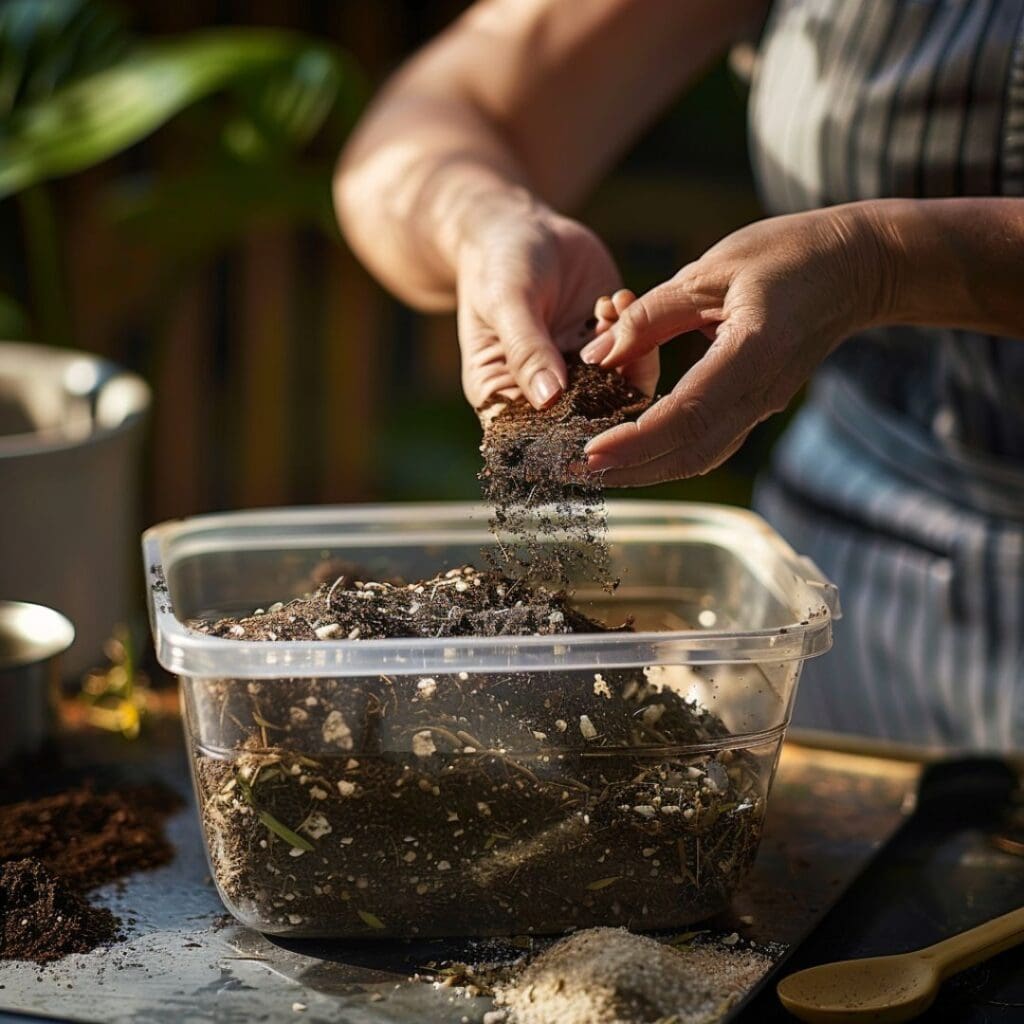
When I prep pots for fall, I’m always thinking about how to keep roots moist but not waterlogged. It’s surprisingly easy to get this wrong.
Peat moss is my go-to for holding moisture in the soil. It soaks up water and releases it slowly, which helps my plants use water more efficiently.
I usually add about one part peat moss to three parts soil. It mixes in nicely and doesn’t make the mix too heavy.
Peat moss keeps the soil soft and stops it from getting crusty on top, which matters as the weather cools and soil dries out faster.
Sometimes regular soil dries out too quickly after watering. Peat moss holds onto moisture so I don’t have to water as often.
That’s a win for me and my plants. By adjusting how much peat moss I use, I can fine-tune moisture for different types of plants.
Peat moss is easy to find at most garden centers. I just check that it’s clean and doesn’t have big sticks or debris.
If I’m using soil that already holds water well, I use less peat moss. With sandy soil, I’ll add more to slow down the drying.
Peat moss can be acidic, so I keep an eye on which plants I use it with. Most flowers and veggies are fine, but some might need a different balance.
If I’m not sure, I’ll double-check the plant’s needs first. Adding peat moss is a small step, but I’ve noticed my roots look healthier and handle chilly nights better.
5) Add bone meal to support root development

I like to use bone meal in the fall to give my plants a strong start. Bone meal is a natural fertilizer made from ground animal bones.
It’s rich in phosphorus, which is key for healthy root growth. I mix bone meal into my potting soil before planting.
The phosphorus helps roots grow deeper and stronger, so plants can soak up more water and nutrients. I just follow the package instructions, scatter a little into the soil, and mix it in by hand.
It doesn’t really smell, which is nice. Bone meal breaks down slowly, so plants get a steady supply of nutrients as the season goes on.
This is especially handy in fall, when I want roots to keep growing even as the weather cools off. Strong roots make plants tougher against chilly temps.
I’m careful not to overdo it—too much phosphorus isn’t great. I stick to the recommended amount and save some for spring.
Most plants are fine with bone meal, but I check if any need less phosphorus. Root crops like carrots really benefit from extra phosphorus, but for others, I just use it in moderation.
Bone meal is always one of my must-haves for prepping pots in the fall.
6) Include vermiculite for enhanced water retention
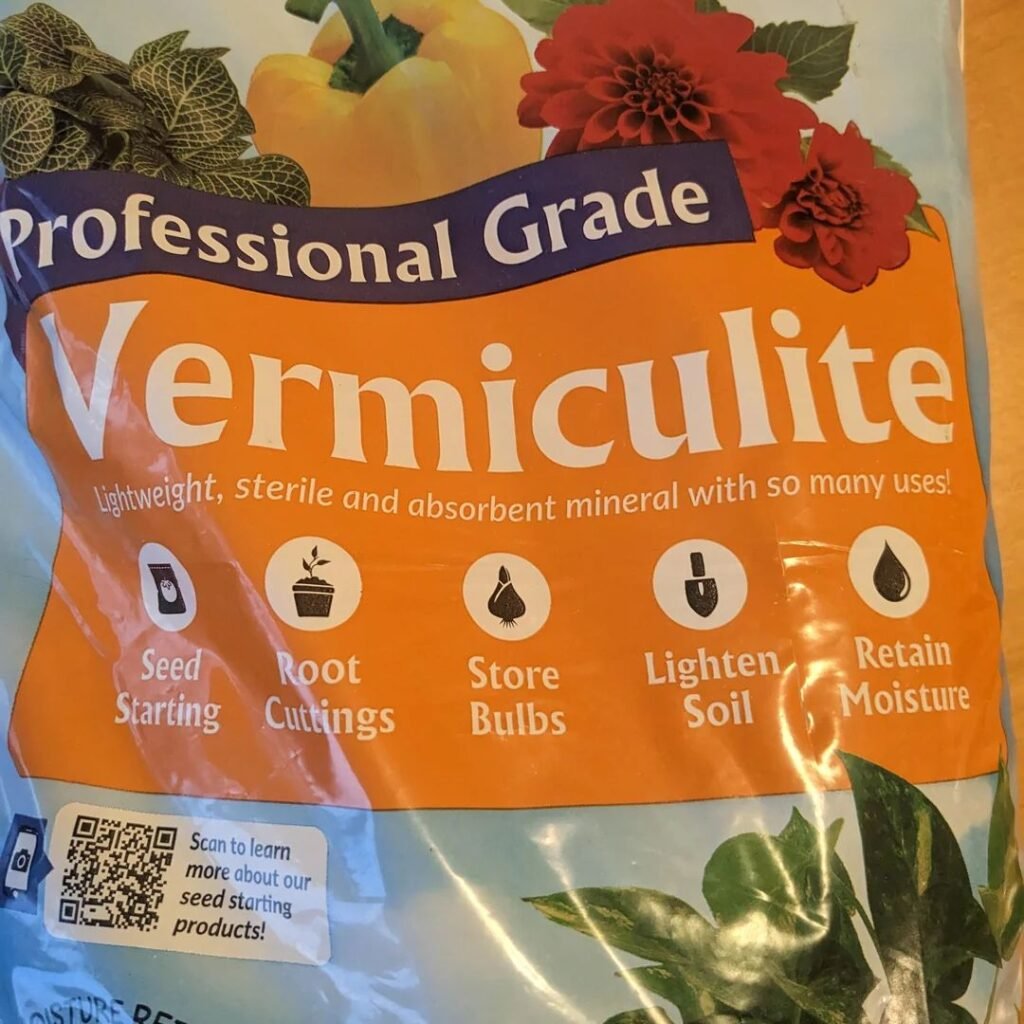
I like to add vermiculite to my potting mix each fall. Vermiculite is light and spongy, holding onto water while still letting air reach the roots.
When I use vermiculite, my plants’ roots stay moist longer. I don’t have to water as often, and the soil doesn’t dry out as quickly.
It also keeps roots from getting soggy, since vermiculite doesn’t pack down. Vermiculite is great for most potted plants, but I find it especially helpful for seedlings and young plants.
They need steady moisture to build healthy roots. I usually mix in a handful or two with my regular soil, depending on how fast my soil dries and what kind of plant I’m repotting.
My soil feels softer and fluffier with vermiculite, and roots move through it easily. It helps keep the soil from turning hard and compacted.
Vermiculite also holds onto some nutrients and releases them gradually. That’s a nice bonus for young roots.
I look for medium or coarse grades when buying vermiculite—they balance moisture retention and drainage pretty well. Adding vermiculite has really made fall plant care easier for me.
I don’t have to stress about watering too much or too little. Vermiculite is a simple tweak, but it’s made root care a lot easier and more successful for me.
7) Adjust pH with lime to optimize nutrient uptake
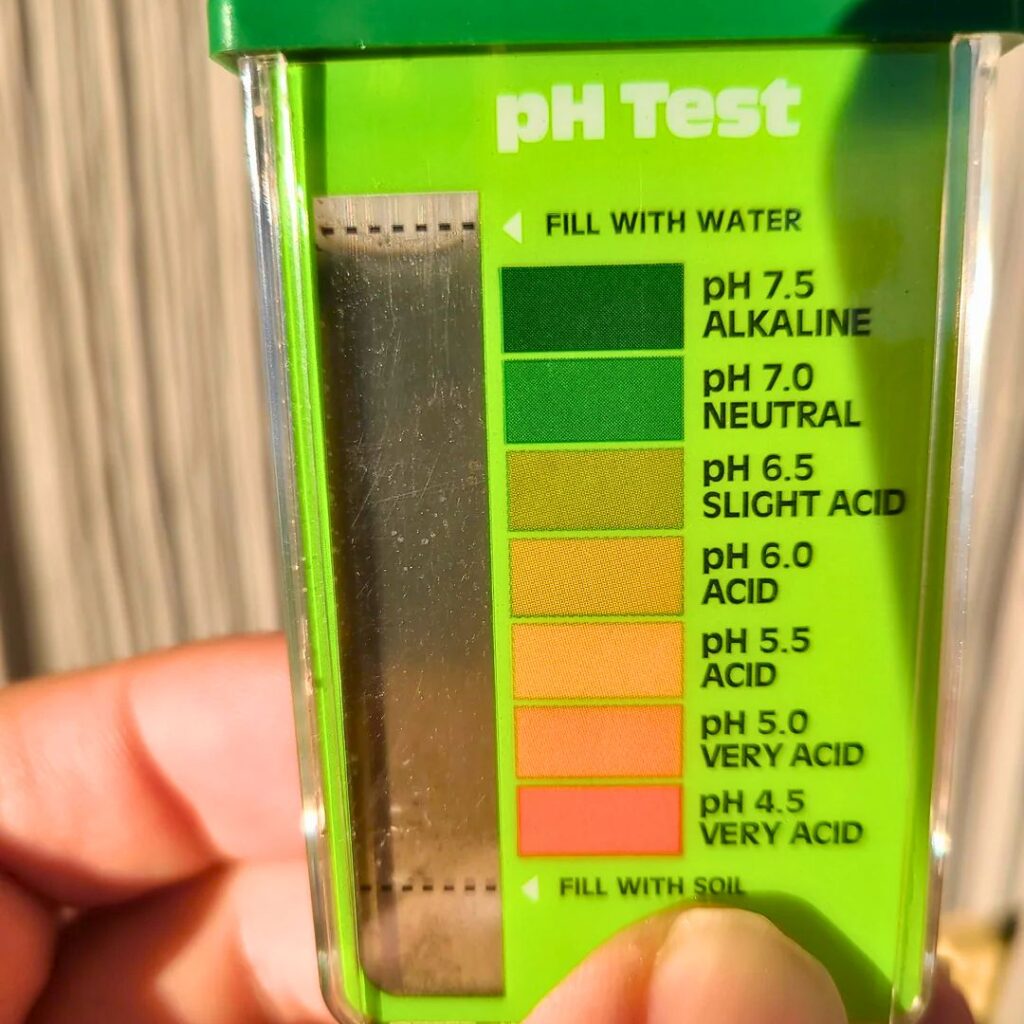
Every fall, I double-check the pH level of my potting soil. Plants just won’t absorb nutrients right if the pH is off—either too low or too high. Most garden plants seem happiest between 6.0 and 7.0.
If my soil test says things are too acidic, I turn to garden lime. Lime bumps up the pH and makes it easier for roots to snag those nutrients. I’m a fan of quick soil test kits—takes just a minute.
I try to stick to the lime bag instructions and not go overboard. Usually, a light sprinkle does the trick for small pots. With bigger containers, I’ll mix the lime into the top few inches of soil.
Healthy roots really need balanced pH to do their job. Keeping things in range seems to head off a lot of plant problems, honestly. I like to check pH again a few weeks after adding lime, just to see if it’s settled where I want.
If the pH is already good, I skip the lime. Too much can cause headaches of its own. As a habit, I do a pH check each fall before the cold sets in.
Adjusting pH is surprisingly simple and makes a real difference in how my plants look. Strong, happy plants? That’s the goal every season.
Why Fall Is the Perfect Time for Potting Soil Adjustments
Fall is my favorite time to refresh potting soil before winter shows up. The season’s gentle on roots and really gets plants ready for stronger growth once spring rolls around.
Benefits of Fall Soil Tweaks
I like tweaking my soil in fall since plants are slowing down from their summer sprint. It’s just less stressful for their roots. With the weather milder, roots aren’t shocked by sudden changes in temperature or moisture.
When I toss in new ingredients—like compost or perlite—plants get time to adjust at their own pace.
Some of my favorite benefits:
- Better drainage keeps root rot at bay during those damp, chilly months.
- Extra nutrients help roots store up reserves for winter.
- Stronger roots usually mean fewer diseases and more flowers next year.
- Loose soil lets roots grow and soak up water easily.
Getting soil sorted now means I’m not rushing around in spring when everything wakes up.
Timing and Seasonal Considerations
Timing really makes a difference when you’re adjusting potting soil. In fall, the days are cooler but the soil’s still holding heat from summer. I find it’s just easier to work with.
Rain’s more common, so watering isn’t as big a worry. I’m not likely to dry out roots while making changes. With shorter days slowing growth, roots have a chance to settle in.
Here’s a quick timing guide I use:
| Task | When to Do It |
|---|---|
| Add compost or nutrients | Early to mid fall |
| Check drainage | Before heavy fall rains |
| Loosen or refresh soil | After last summer bloom |
Paying attention to the season really helps my plants cruise through winter and bounce back in spring.
Common Potting Soil Problems and Solutions
Potting soil can really go wrong if it doesn’t drain or the pH gets weird. Sorting these issues out means roots stay strong and can actually use the water and nutrients you give them.
Recognizing Poor Soil Drainage
Bad drainage usually leads to soggy soil and sad, droopy plants. If I spot yellow leaves or catch a whiff of something funky, I suspect roots are drowning.
I poke my finger an inch into the soil—if it’s still wet hours after watering, that’s a red flag. Standing water at the bottom of pots is another giveaway.
Here’s how I tackle drainage issues:
- Mix in perlite, coarse sand, or bark chips
- Use pots with drainage holes
- Sometimes I’ll add a layer of stones at the bottom for backup
Good drainage means roots can breathe and aren’t sitting in a swamp. Plants just do better this way.
Balancing Soil pH for Healthy Roots
If the pH is off, plants just can’t get the nutrients they need. I use a quick pH test kit and aim for 6.0 to 7.0 for most of my indoor plants.
When things aren’t balanced, I notice slow growth or leaves turning odd colors. Too much acid or alkaline can really block nutrients.
To fix pH issues:
| pH Problem | My Solution |
|---|---|
| Too Acidic (<6) | Add a little garden lime |
| Too Alkaline (>7) | Mix in peat moss or sulfur |
I always retest after adjusting. Keeping pH in check just makes everything grow better.
Understanding Root Health for Thriving Plants
If I want my plants to really take off, I have to start with healthy roots. They’re like straws—pulling in water and nutrients. When roots are happy, the whole plant just seems to thrive.
I look for signs of healthy roots: usually white or light tan, and firm—not mushy. Brown or rotten roots? That’s trouble.
Why I care about root health:
- Roots do all the heavy lifting for water and nutrients.
- They anchor the plant, so it doesn’t flop over.
- Strong roots mean less disease and stress.
Here’s a quick table for why root health matters:
| Root Condition | Plant Results |
|---|---|
| Healthy, firm | Fast growth, green leaves |
| Brown, mushy | Wilting, stunted growth |
| Dry, brittle | Yellowing, leaf drop |
I make a point to check the potting mix, making sure it’s not too soggy or bone dry. Good soil lets roots get air and water without drowning them.
Root health is everything if you want big blooms or a good harvest come fall. I always focus on what’s happening underground first.
Frequently Asked Questions
Each fall, I like to tweak my potting soil. A few simple changes—like adding compost or tossing in some perlite—really help plants stay strong through the colder months.
What are some key soil amendments for potted plants in autumn?
I always add compost for a nutrient kick.
Mixing in perlite helps with air flow and drainage.
Aged manure is another go-to for slow, steady nutrition.
How can I adjust my potting mix for better drainage during the fall season?
I toss in extra perlite or coarse sand to keep water moving.
Making sure pots have drainage holes is huge.
I avoid letting the mix stay soggy.
What nutrients should I add to my potting soil in the fall for root health?
Bone meal is my favorite for root strength.
Compost or aged manure keep nutrients coming.
That combo seems to help roots stay healthy all season.
Are there any specific steps to preparing potting soil for fall vegetable planting?
First, I clear out old plant bits and debris.
Then I mix in fresh compost and a bit of aged manure.
A sprinkle of bone meal gives fall veggies an extra boost.
What’s the best way to transition my potting soil from summer to fall conditions?
When the weather shifts, I refresh my pots with new compost and check moisture.
If things are drying out, I’ll add more peat moss.
That way, my fall plants don’t get stressed as temps cool down.
How often should I replace or tweak my potting soil in container gardens?
Honestly, I tend to refresh my soil mix every season by tossing in a few amendments rather than swapping it all out.
Total replacement? I only bother if the soil’s gotten really compacted, smells off, or plants just aren’t happy.
Usually, just mixing in some compost or a bit of perlite does the trick for me.
Recommended Garden Supplies
| Product Image | Our Recommended Gardening Supplies | Check Offers! |
|---|---|---|
Top Top
Top
Top
Top
Top
Top
Top
Top | rePotme Houseplant and Tropical Classic Potting Soil Mix | Check Offer On Amazon |
 Top
Top
Top
Top
Top
Top
Top
Top | Espoma Organic Indoor Plant Food | Check Offer On Amazon |
 Top
Top
Top
Top
Top
Top
Top
Top | GooingTop LED Grow Light 6000K Full Spectrum Clip Plant Growing Lamp | Check Offer On Amazon |
 Top
Top
Top
Top
Top
Top
Top
Top | Soil Moisture Meter | Check Offer On Amazon |
 Top
Top
Top
Top
Top
Top
Top
Top | Govee Hygrometer Thermometer, Bluetooth Enabled! | Check Offer On Amazon |
 Top
Top | LEVOIT Humidifiers for Large Room(Best For Plants) | Check Offer On Amazon |
 Top
Top
Top
Top
Top
Top
Top
Top | Upgraded DIY Automatic Drip Irrigation Kit, 15 Potted Houseplants Support | Check Offer On Amazon |
 Top
Top
Top
Top
Top
Top
Top
Top | Stainless Steel Heavy Duty Gardening Tool Set | Check Offer On Amazon |
 Top
Top
Top
Top
Top
Top
Top
Top | Bonide Insecticidal Soap | Check Offer On Amazon |
 Top
Top
Top
Top
Top
Top
Top
Top | Bonide 32 oz Spray Neem Oil for Organic Gardening | Check Offer On Amazon |
 Top
Top
Top
Top
Top
Top
Top
Top | Garden Safe Fungicide | Check Offer On Amazon |

